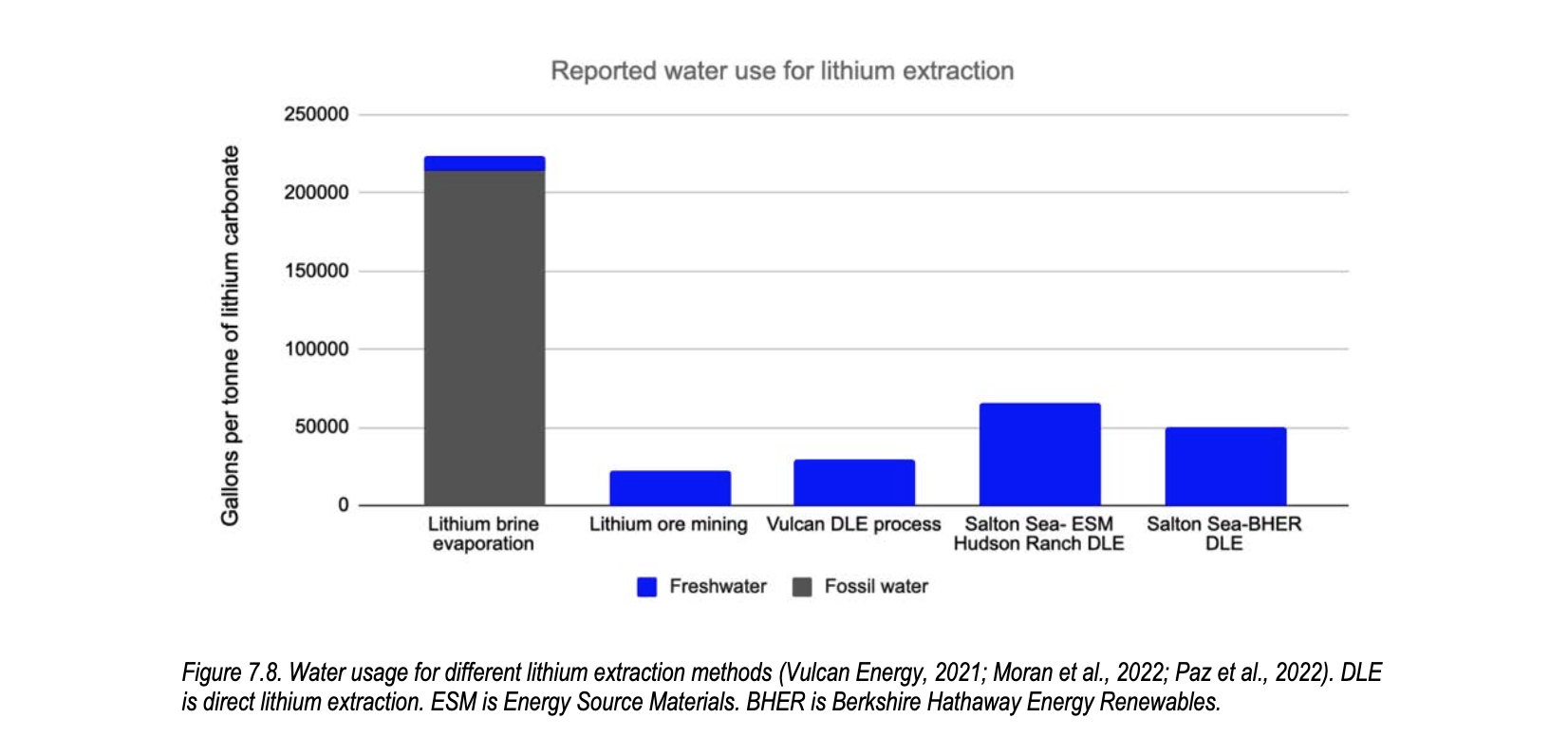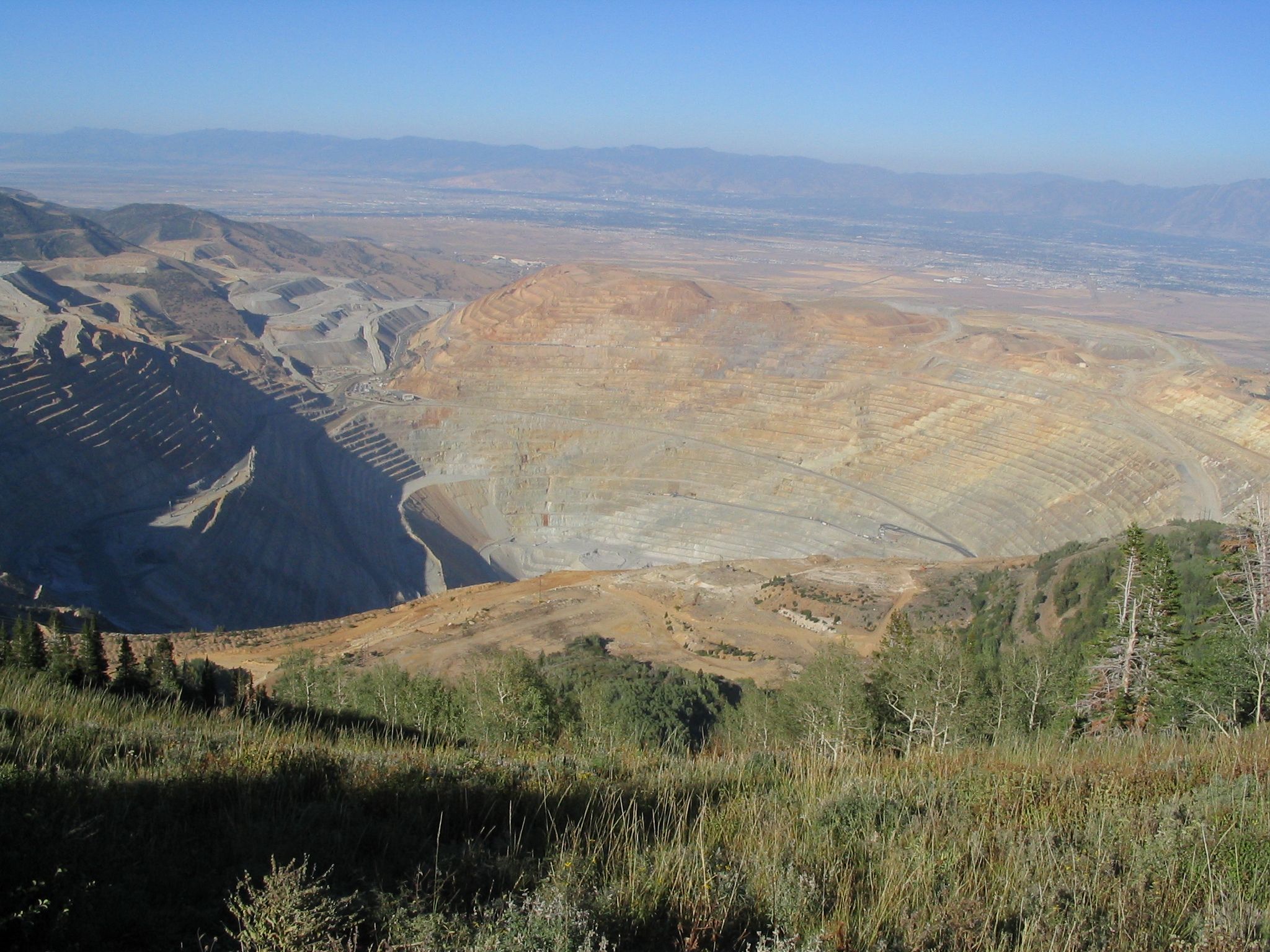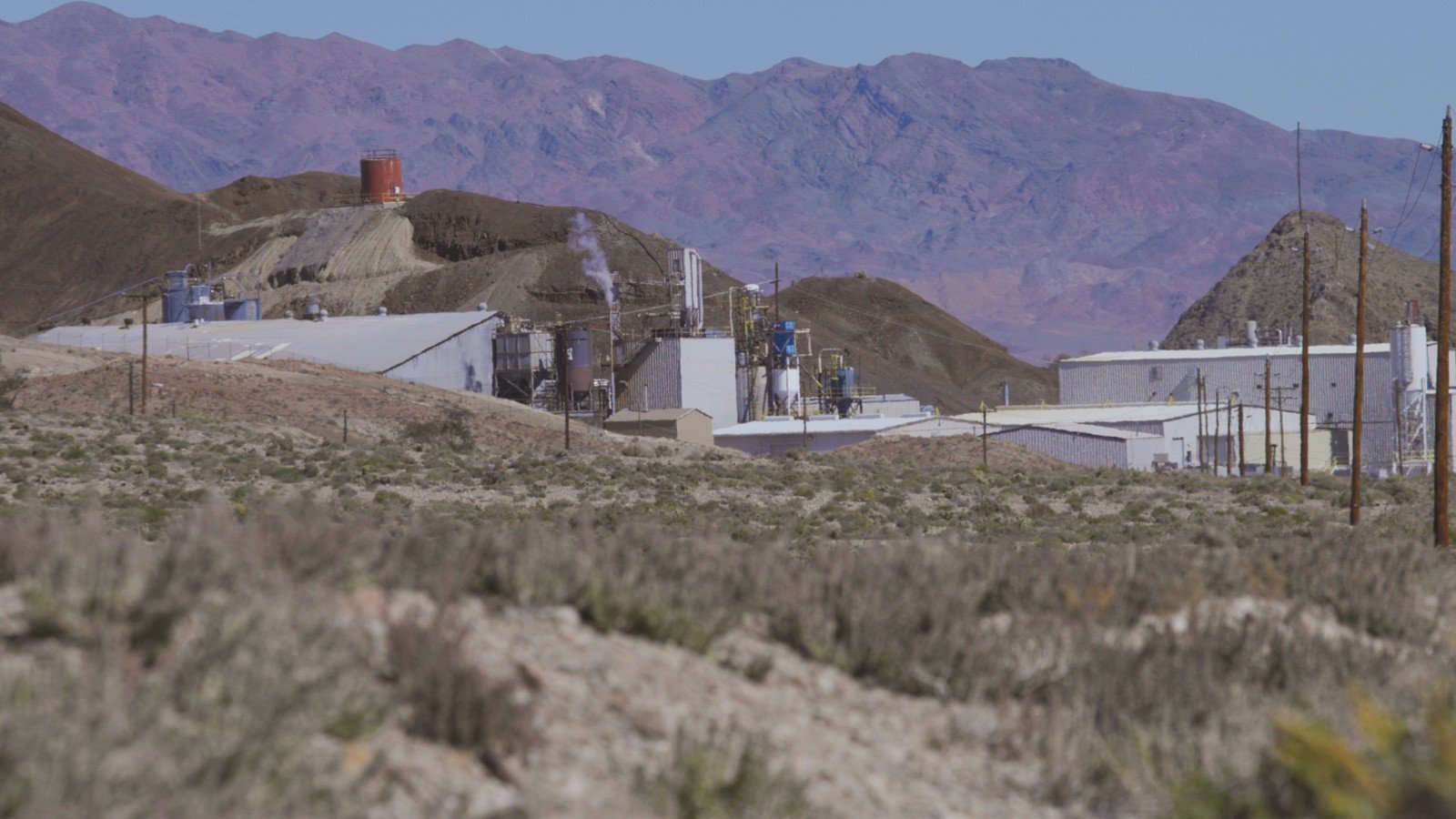
Lithium Liabilities: The untold threat to water in the rush to mine American lithium
An investigation from the Howard Center at Arizona State University uncovered the coming electric battery revolution in America will require billions upon billions of gallons of water to mine lithium. Many of the new U.S. mines will be located in the drought-prone American West.
SILVER PEAK, N.V. — Nyle Pennington, a veteran water scientist who tracks groundwater for local governments, stopped at a monitoring station just one mile from America's only active commercial lithium mine. For years this well in Central Nevada typically held enough fresh water to reach the height of a three-story building, or about 30 feet. Pennington said it supplied much-needed nourishment for local cattle grazing under the Nevada sun.
"Bone dry," he said. "If that would have had water in it, you would have heard a pronounced, loud splash."
Pennington, hired by the Central Nevada Regional Water Authority to monitor groundwater levels, has documented a disturbing pattern: underground water sources are dwindling and even disappearing altogether near the Silver Peak lithium mine, which records show has pumped nearly four billion gallons of water from underground every year since 2020. The Silver Peak mine denied it is impacting freshwater aquifers, but Pennington said the evidence he recorded shows otherwise.
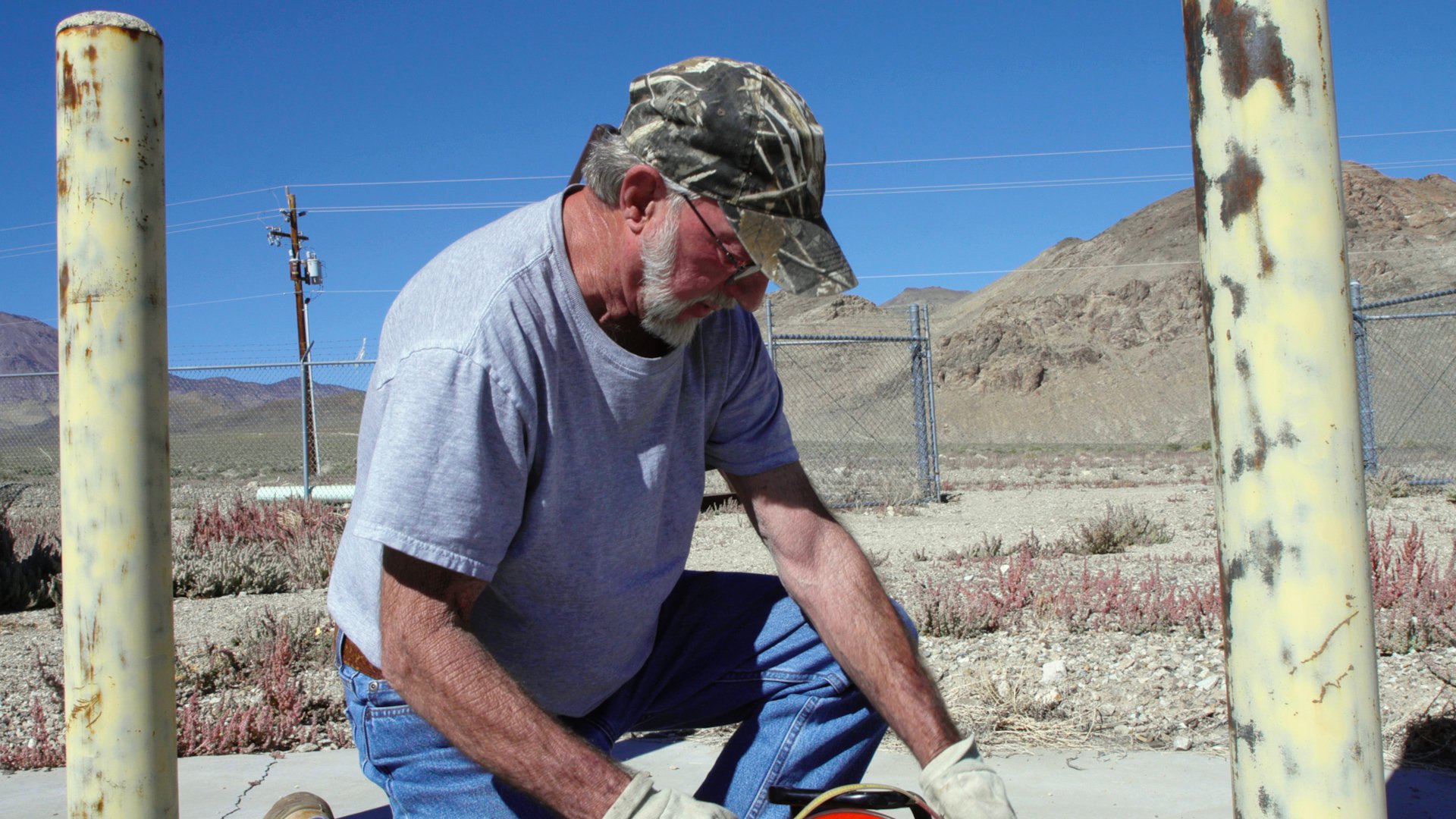
Silver Peak, which began mining lithium in the 1960s, won't remain the only U.S. lithium mine for long. The Howard Center for Investigative Journalism at Arizona State University has documented a surge of proposals to open new lithium mines that will, like Silver Peak, need billions of gallons of water to operate at a time when much of America's West is still emerging from a recent megadrought.
As part of a Biden administration push to "build America's electric future," U.S. officials are encouraging the domestic expansion of lithium mines by dangling federal incentives. The effort would decrease U.S. reliance on China, which controls most of the U.S. supply chain for the lithium, a crucial mineral needed to power computers and military night-vision goggles.
The Howard Center launched a comprehensive, national investigation of the impact the proposed new lithium mines predicted they will have on U.S. water supplies. Reporters reviewed tens of thousands of pages of state and federal environmental impact statements and mining operation reports filed by companies involved in every proposed lithium project in the U.S. that sought permits or reached the physical exploration phase by the end of December 2023.
Among the investigation's key findings:
- There are no federal rules governing how much water any type of mine can consume.
- America's only operating commercial lithium mine is responsible for drying up nearby monitoring wells, according to reports from Nevada's largest water authority.
- The vast majority of proposed lithium projects responding to calls for increased supplies of domestic lithium are, in fact, owned by foreign companies or their subsidiaries.
- The majority of proposed lithium projects in the U.S. intend to take water from already stressed sources like the Colorado River or strained groundwater systems.
- Federal authority to stop mines from extracting minerals, even from public land, is weak. The Department of the Interior, in more than 20 years, has not rejected a mining permit due to the harm a mine could cause.
- The federal government approved plans for a future lithium mine, even after its operators disclosed it would create 272 million metric tons of 'tailings' containing toxic waste.
A water intensive process
Lithium can form naturally in salty underground waters, hard rock or clay. No matter where lithium sits or how it is mined, extracting it uses a lot of water. One mining method involves evaporating mineral-heavy water to get the lithium. Another method gets to the lithium by blasting through hard rock and digging an open pit. Both methods need a combination of fresh water and toxic chemicals to extract lithium.
Why does lithium use so much water?
Extracting lithium from the salty, mineral-rich water in brine aquifers is a water-intensive process that poses risks to groundwater levels and can create other environmental problems.
Video by John Leos and courtesy of PBS NewsHour and Pond5. Chart courtesy of Berkeley Lab. Graphics by Alex Appel and the Cronkite TV Production and Graphics Lab.
Despite their intense water needs, plans for lithium mines are popping up in some of America's most water-stressed areas like the Clayton Valley Basin in western Nevada. Other projects plan to take billions of gallons of fresh water every year from the already overtaxed Colorado River.
In some cases, corporations hoping to get in on the boom are seeking public money to open lithium mines by tapping billion dollar low-interest loans and grants from the recently enacted bipartisan Infrastructure Investment and Jobs Act and the Inflation Reduction Act.
No federal rules for mines and water
The main federal law governing mines, and how they operate, is more than 150 years old. It was enacted a few years after the Civil War. Government auditors for decades have flagged its many flaws that leave water and the environment unprotected.
If all of the 72 proposed lithium mines whose documents the Howard Center examined are built under current rules, "it would be a fundamental transformation of the American West," said Patrick Donnelly, a conservation biologist for the nonprofit Center for Biological Diversity, an environmental advocacy group. "People compare it to the Gold Rush, but the Gold Rush was pretty small scale, compared to what all this lithium's looking like."
Nevada, America's driest state, is home to 40 of the 72 proposed lithium mines whose paperwork the Howard Center examined. The vast majority of those in Nevada — 80 percent — would be built on top of water supplies identified by the Nevada Division of Water Resources as already designated for special monitoring because of possible risk to their water levels, according to the Howard Center's analysis.
But the 72 proposed lithium mines examined are not just in the West. In North Carolina, residents worried that a proposed lithium mine might cause residential wells to run dry. Proposed mine operators in Arkansas, as in Nevada, want to pull mineral-heavy water from the drier parts of the state.
Warning signs from Silver Peak?
At the Silver Peak lithium mine, the only place in the U.S. where scientists can learn about the impact of active lithium mining on water and the surrounding environment, annual reports from the Central Nevada Regional Water Authority have repeatedly warned of problems. The authority is a unit of local government that works across nine counties. Its 2022-23 groundwater monitoring program annual report concluded that decreases in local water levels near Silver Peak were "due exclusively to de-watering throughout Clayton Valley for Lithium Mining purposes."
The Howard Center reporters repeatedly offered to meet in person with representatives of the Silver Peak operation or its owner Albemarle, based in North Carolina and one of the world's top producers of lithium. The Howard Center said via email it intended to ask about how “local scientists at the Central Nevada Regional Water Authority have identified groundwater monitoring wells near the Silver Peak mine as having reduced amounts of water (or running dry), and they believe the Silver Peak mine is playing a part in what is happening to the water.” The Howard Center invited a “transparent and open conversation.”
After more than 20 emails, texts and calls from Howard Center reporters over a one-month period offering to fly to the Nevada mine or Albemarle's corporate headquarters in North Carolina, the company offered a Zoom interview with a “hard stop” at 10 minutes. Silver Peak's site operations manager, Scott Thibodeaux, was designated to speak to the reporters. But he said he was unable to answer key questions.
“I'm not familiar with the particulars,” Thibodeaux said, referring to concerns raised by the Central Nevada Regional Water Authority for at least the past decade. “Perhaps someone within the organization is. I am not myself.” Thibodeaux said he is responsible for overseeing mining and the processing of lithium at the Silver Peak lithium mine. That means he oversees key parts of the operation that consume large amounts of water.
One day after the Zoom interview, Albemarle spokesperson Allison Eckley issued a statement that said in part and in bold: “Albemarle operations do not impact the freshwater aquifers in the area.”
Yet a February 2023 environmental disclosure filed by Albemarle with the U.S. Securities and Exchange Commission includes a section on the operation's “Requirements” to use what the report labels as “Fresh Water,” in an amount equivalent to 190 million to 222 million gallons per year.
Asked about that in a follow-up email, Eckley acknowledged fresh water is used by the operation and that usage is “not expected to increase significantly” by 2025. Eckley said in a separate email that Albemarle plans to increase pumping of salty, lithium-rich water by more than 50% from 2020 to a new level equivalent to 6.5 billion gallons a year by the end of 2025.
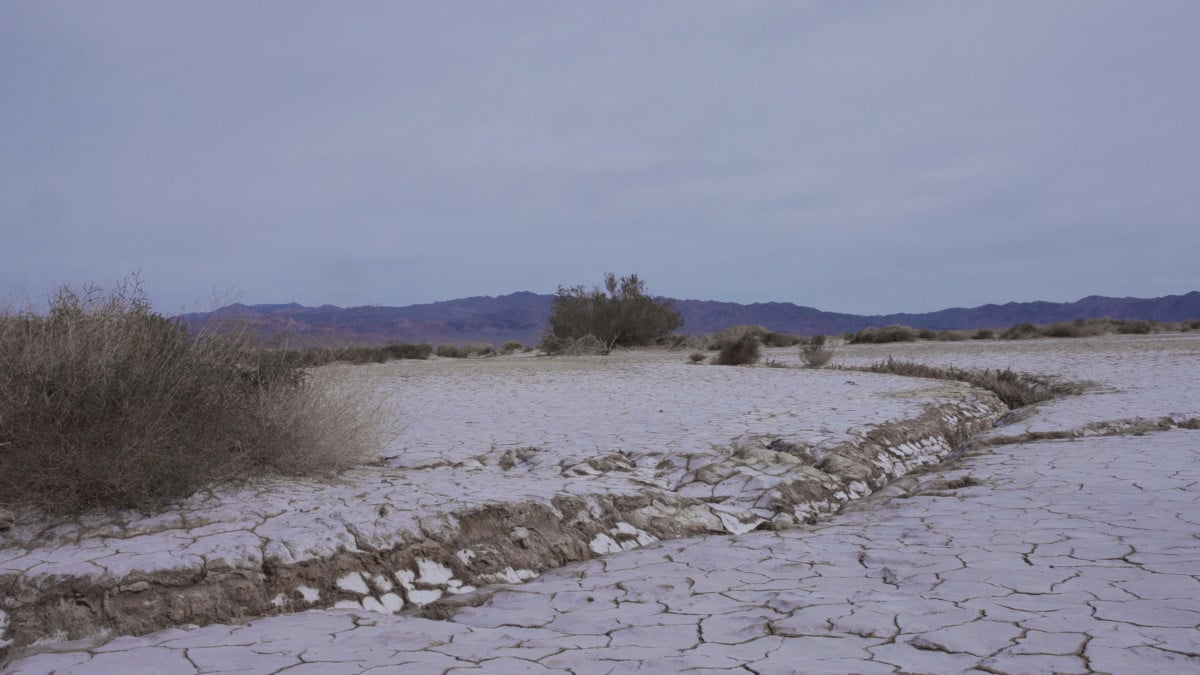
Central Nevada Regional Water Authority Executive Director Jeff Fontaine and University of Nevada Las Vegas professor of hydrology Dr. David Kreamer said pumping too much salty water from a complex, underground ecosystem can harm freshwater aquifers.
Fontaine said overpumping any basin can cause “permanent” damage underground and “a combination of things that happens that would prevent that aquifer from ever really restoring itself.”
Albemarle's Eckley said the company is allowed to expand pumping, according to its permits. In an email, she wrote, “It is the responsibility of the State Engineer to administer the groundwater resources in the basin to avoid permanent effects.”
Albemarle did not directly address the Central Nevada Regional Water Authority's reports or findings of diminishing water levels in the network of independent monitoring wells.
“There are no negative impacts to the quality” of the freshwater aquifer that is uphill from the mine, Eckley said, citing data from one monitoring well Albemarle owns.
Pennington, the hydrologist, said it is not the quality, but rather the quantity of depleted fresh water that is significant.
“We have the data to back it up,” he said, citing decades of recordings showing steady groundwater levels until more recently. Pennington said Albemarle could more accurately monitor its impact on water by seeking out all available monitoring data, including from sources other than the one Albemarle well Eckley cited. Pennington said the Round Mountain Gold Corporation is a company Albemarle could emulate. Its local gold mine is “pretty much saturated with observation wells,” he said. One well he visits sends data in real-time to the state engineer's office, making the information publicly accessible, he said.
“Albemarle should set up their own observation system that would become transparent” to state, federal and any local entity that wishes to monitor the water supplies in Clayton Valley, he said.
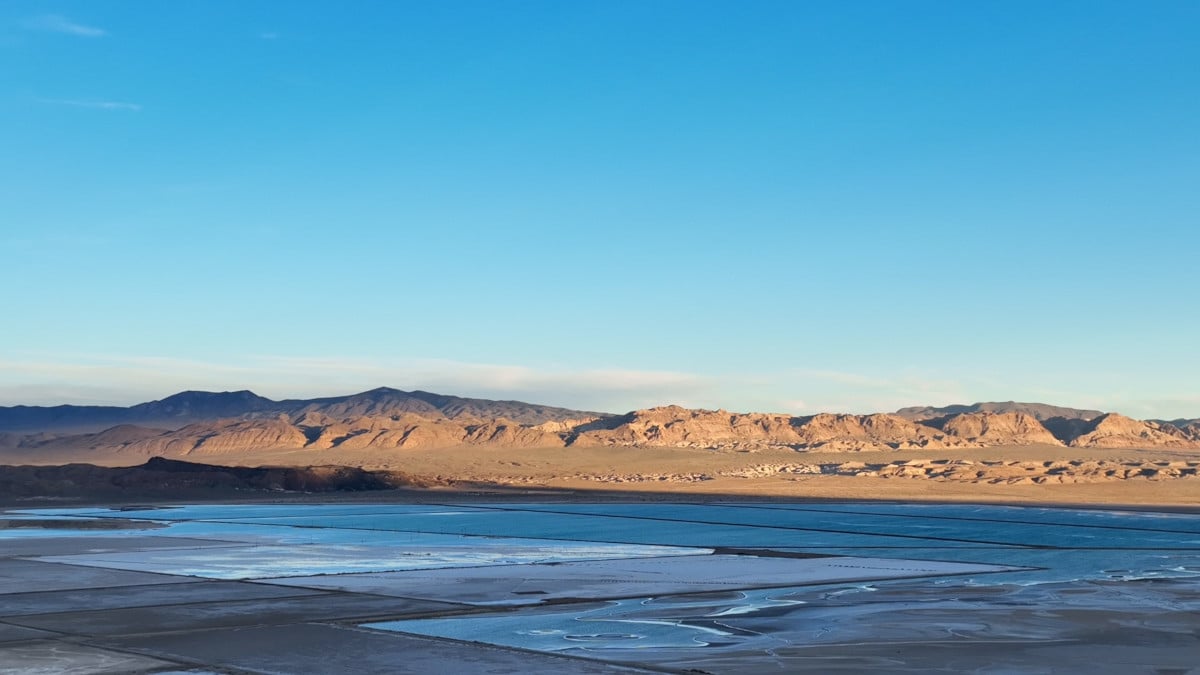
State water data reviewed by the Howard Center shows that increasing pumping of lithium-rich water to 6.5 billion gallons, as Eckley said was planned, would push the Clayton Valley Basin to its limits, or beyond. State data already has shown that mineral-heavy water has been allocated for use beyond what is available. Albemarle's own disclosure to the SEC shows that if the company follows through and increases pumping to 6.5 billion gallons a year, the basin will be “pumped at or over” the amount that naturally recharges every year.
“Obviously there's a huge stress on the system,” Nevada State Engineer Adam Sullivan said of all the groundwater consumed by the mine so far. Sullivan has not looked into the Central Nevada Regional Water Authority's conclusion that the lithium mine is to blame for dwindling groundwater but said “it would be something worth considering if you try to explain the cause.”
“I think the alarm bells have been rung,” said Fontaine. “I think there are a lot of people concerned about what's happening in Clayton Valley, but I don't know that there's agreement on what needs to be done.”
Fontaine, Kreamer and State Engineer Sullivan all said groundwater data needs to be updated.
Sullivan said he has “initiated a major effort,” in coordination with the United States Geological Survey, to update water availability data in Nevada using state-of-the-art science. The project, called the Water Resource Initiative, will include projections taking climate change and other factors into account but is contingent upon funding. Pennington said updating the state's older water data “is probably what needs to be done in Clayton Valley.”
Federal funding goes abroad
The vast majority of proposed lithium projects responding to calls to increase domestic supplies of lithium in the U.S. are, in fact, owned by foreign companies or their subsidiaries.
The nation's push to create more domestic sources of lithium has attracted many investors and companies, the majority of them from abroad. The Howard Center found that just 17 of the 72 proposals reviewed by reporters are from companies based in the U.S. The rest are headquartered internationally, with the majority in Australia and Canada.
“[They] are doing business through a front group, a subsidiary here in the United States, but essentially not paying royalties, [and are] exporting our resources and jeopardizing our primary resource for life, which is water,” said Rep. Raúl Grijalva, an Arizona Democrat.

In Nevada, there are 28 planned lithium mines within 50 miles of the Silver Peak lithium mine that are owned by companies based outside of the United States, a Howard Center analysis found. Esmeralda County Commissioner De Winsor, a Republican, is trying to have his community's voice heard amid the lithium rush.
“These mining companies, they come in and they don't belong to the area,” Winsor said. “They're from Australia or they're from Canada or they're from some other country and they don't give a damn about the communities or the water sources.”
The U.S. government is considering giving large low-interest loans and grants to boost lithium mine construction. Many foreign companies have applied, the Howard Center found.
Canada-based Lithium Americas, which has never operated a mine in the United States, is asking for a record $1 billion low-interest loan from the Department of Energy to fund construction for lithium extraction from U.S. public lands in Nevada. Lithium Americas has signed agreements with its largest shareholder, General Motors, which it said will allow the carmaker to use its lithium from Nevada and build batteries in the United States.
Yet, Lithium Americas acknowledged nothing would stop General Motors from taking the American-made batteries and shipping them south of the border, where they could create or keep jobs at General Motors' electric vehicle production facility in Mexico.
“It's absolutely possible — they could absolutely do that,” said Tim Crowley, an executive with both Lithium Nevada Corp. and its parent company, Lithium Americas.
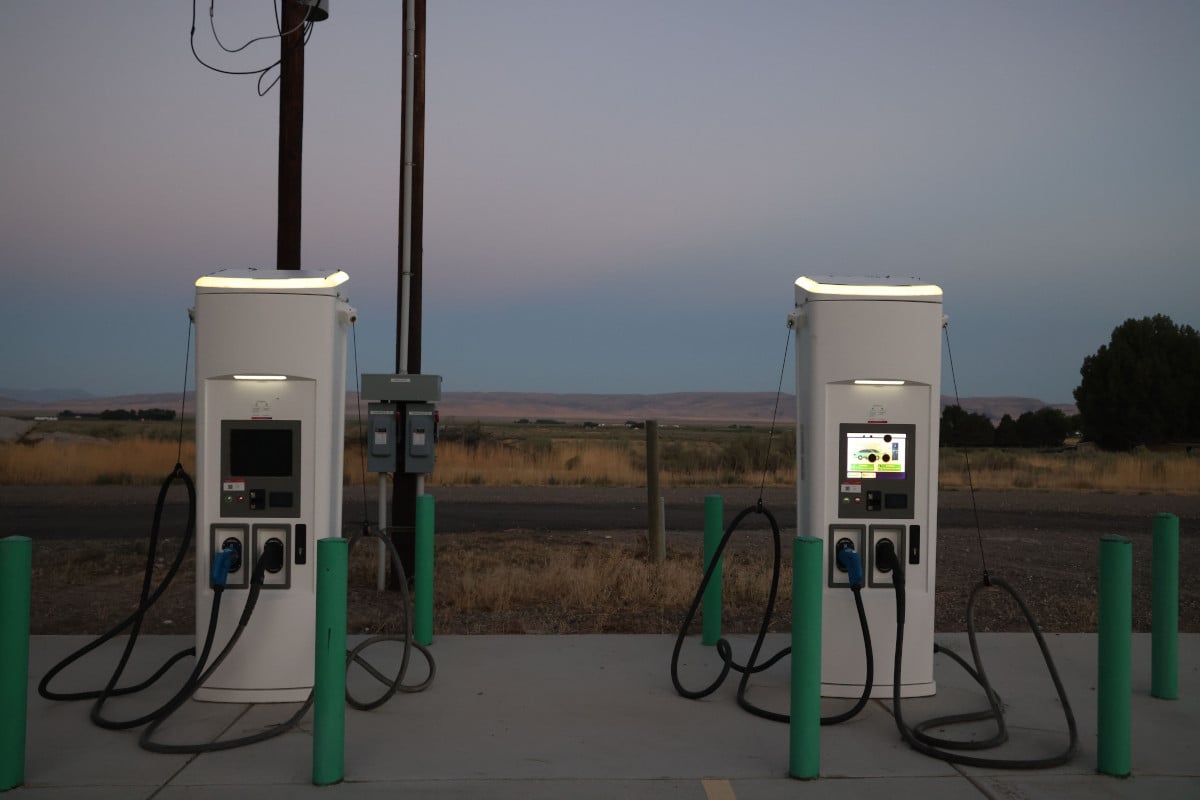
A senior official at the White House who asked not to be named told the Howard Center that the Biden administration does not think General Motors will do that, saying the automaker also invested billions to expand electric vehicle production facilities in the U.S.
However, GM said in an email to the Howard Center the company does plan to use the lithium it obtains from Lithium Americas outside of the U.S. as part of a “broader strategy we have to establish a North America-based supply chain for raw and processed material for EV batteries and other EV components like permanent magnets and motors.”
The GM spokesperson, James Cain, confirmed that lithium from the Nevada project operated by Lithium Americas will end up in three U.S.-based battery cell plants before going on to “supply GM assembly plants across the United States, Canada and Mexico.”
The United Auto Workers Union criticized General Motors' $1 billion investment in Mexico in 2021 for electric vehicles, saying the company should keep as many jobs in the U.S. as possible. GM announced in early December that the first new units of the all-electric Chevy Blazer EVs were solely produced at its Ramos Arizpe plant in Mexico.
In early January 2023, the Mexican government announced on Twitter, now known as “X”, that Mexican Secretary of Economy Raquel Buenrostro had met with GM to discuss the company's plans to convert its Ramos Arizpe facility to produce only EVs by 2024. The social media post cited thousands of Mexican jobs that could benefit from GM's investment.
A damming federal approval
On Nevada's northern border with Oregon, Lithium Nevada Corp., a subsidiary of Lithium Americas, is developing the Thacker Pass Lithium Mine Project. The project is an open pit mine. In 2021, the company received approval from the U.S. Bureau of Land Management, part of the Department of the Interior, to open the lithium mine — after disclosing that it will create 272 million metric tons of toxic clay tailings and salt during its expected 40-year lifespan.
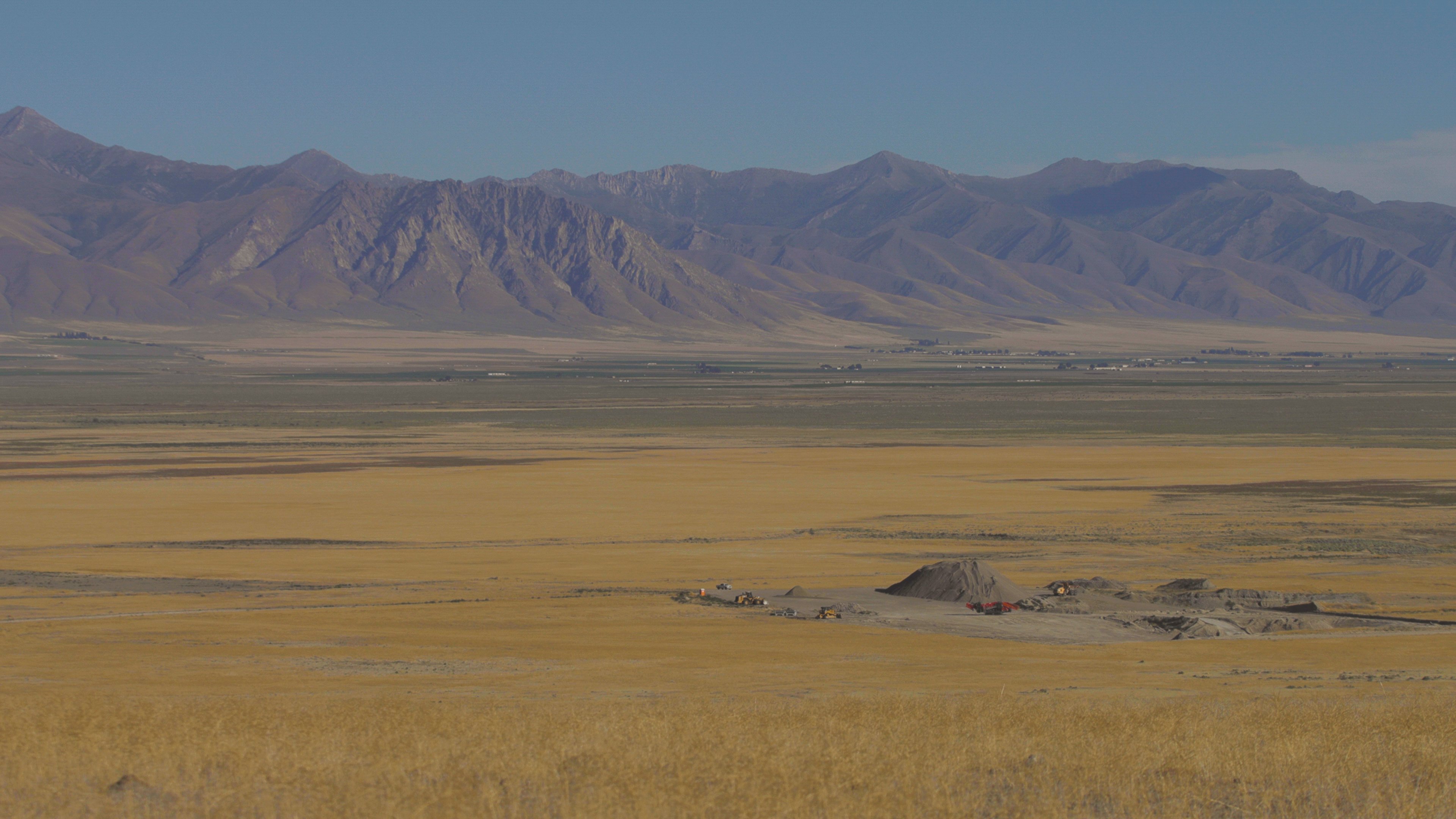
The tailings, the mine's waste product, will be a tan, toxic and muddy slurry of metals and radioactive material, according to the mine's environmental impact statement filed with the Bureau of Land Management.
A mine's tailings can exist for centuries and require ongoing treatment and containment to prevent water and soil contamination. Lithium Nevada Corp. plans to use a new method to store the mine's toxic tailings that compacts them and squeezes out much of the moisture. In theory that would make them more stable and less likely to collapse. The company will not build a dam around the tailings to prevent them from spilling out of their prepared containment area, as is common practice. Instead, the mine will place them on top of a plastic liner.
Environmentalists, such as the non-profit Great Basin Resource Watch, said the moisture content of the planned stack is underestimated. The clay from Thacker Pass is more likely to retain and soak up the moisture it was dug up with, and then become muddier and less stable and at greater risk of collapse, according to hydrologist and tailings expert Steven Emerman. This will be the first time a process like this is used with clay ore, compared to other mines that compress hard rock and ore. Emerman, who studied the mine's tailings pile plan for the Great Basin Resource Watch, is concerned this will increase risk of collapse and severe damage in Nevada.
A research article published in Engineering Geology, a peer-reviewed international science journal, concluded toxic materials released during a tailings collapse can travel hundreds of miles, contaminating rivers and lakes and poisoning nearby land. The report examined tailings from previous mines that used different containment plans than Thacker Pass will use.
Centuries of harm from tailings
America's transition to green energy doesn't just threaten water levels. Soil and water quality are also at risk of contamination from toxic waste that can leak from mine tailings.
Media courtesy of Ken Lund/Creative Commons, TV Globo. Graphics by Emma Peterson and the Cronkite TV Production and Graphics Lab.
One 2019 tailings dam collapse in Brazil resulted in the release of 10 million cubic meters of mine waste that traveled downstream and killed 270 people. Those mines used different storage methods than are planned for Thacker Pass. The article estimated that the economic impact of a major tailings dam failure could be between $750 million and $56 billion because of likely social and environmental damage.
But Crowley, the government and community relations executive for Lithium Americas and Lithium Nevada Corp., said there is “no risk” of collapse at the tailings stack at Thacker Pass, even if an earthquake or big storm were to strike the area. Crowley said that legal challenges to the plan by environmentalists with the Great Basin Resource Watch have failed at both federal and state levels.
“Their concerns have been dismissed as being invalid,” Crowley said.
Crowley said the company's plans were approved by the U.S. government. He said the company will comply with a Nevada law requiring it to install a double liner under its tailings to prevent leaks from the mine's toxic waste.
But skeptics said that may not matter. “One of the rules of mining is that all liners leak,” said David Chambers, president of the Center for Science in Public Participation, a group which monitors the effects of water quality contamination linked to mining. The nonprofit provides training and technical advice to grassroots groups on water pollution and natural resource issues.
Not prepared for the boom
For the last 150 years — thanks to a 19th century mining law still governing American mines — minerals such as lithium buried under public land have been up for grabs to the first person or corporation that “claims” them.
Frank Bain, a geologist with 45 years of experience, has staked claim after claim in New Mexico and across the Southwest, selling many of them to larger companies hoping to join America's lithium rush.
“Lithium is how I feed my family," Bain said. "I want to go out here to drill one hole, make a discovery, sell my interests out and retire. That's my whole goal here."
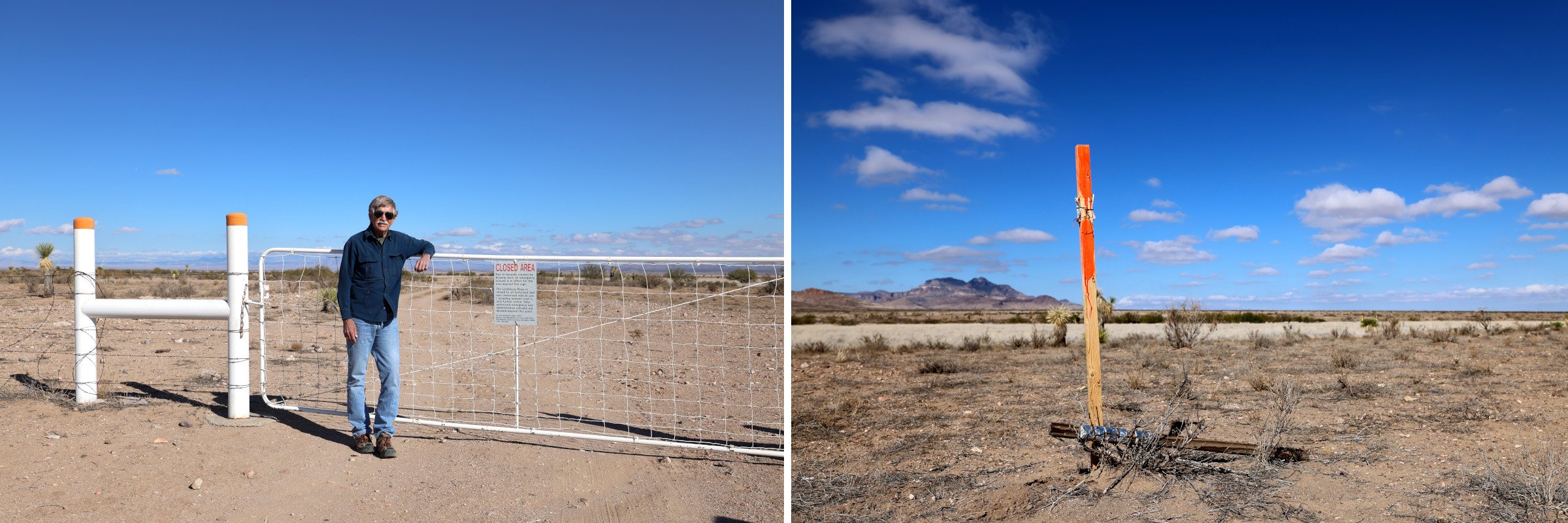
The Mining Law of 1872 provided Bain, and the companies operating mines on federal lands, the right to mine for lithium, the Howard Center found.
The process is relatively simple. Prove valuable minerals exist in the ground. Drive a wooden stake into the site that contains those minerals. File some paperwork and pay one-time fees totaling $390 to the Bureau of Land Management. The steps allow any legal corporation with paperwork filed in any state, U.S. citizens, or immigrants who intend to become a citizen to 'claim' the potentially lucrative underground minerals on up to 20 acres of land. To keep the claim, they only pay an annual $165 fee.
There is no requirement for the claim holder to pay royalties on any portion of the money earned from selling any minerals taken from under federal land. Instead, they keep both the minerals and the money for themselves, a practice criticized for nearly 50 years by the Government Accountability Office.
“The mining companies don't need to ask. They just take. That's what the 1872 law allows,” said Aaron Mintzes, senior policy counsel for Earthworks, a Washington, D.C.-based environmental advocacy organization.
The Department of the Interior said that it cannot deny a mine the right to operate unless environmental damage caused by mining is found to have gone beyond what is deemed necessary for extraction of minerals. Because mining inherently involves disturbing the earth, the legal standard has proven hard to violate and the department rarely stops a mine outright. The Howard Center asked the Department of the Interior to name the last time it denied any kind of mine's permit to operate due to the damage it could cause. The answer: a project proposed in 1994 and denied in 2001. Even then, that case involved desecration of tribal lands, not environmental harm. The department, which reviews dozens of mining applications every year, said it will typically try to work with mines to help them comply.
The limits on the federal government's authority to step in and prevent damage from a mine came into full view in 2022 during testimony before the U.S. House Subcommittee on Energy and Mineral Resources.
“Under the mining law, if there is a discovery of a valuable mineral, there is a right to mine. So there can't be a complete shutdown of the mining operation,” Interior's Deputy Assistant Secretary for Land and Minerals Steve Feldgus testified.
As a result, companies proposing lithium mines on federal land can openly disclose they will use billions of gallons of water and be virtually guaranteed that the federal government will not stop them. That leaves it up to a patchwork of local ordinances and state laws, Democratic staff members of the House Committee on Natural Resources said, to protect some of the most stressed water sources in the country.
Mining water
The majority of proposed lithium projects in the U.S. intend to take water from already stressed sources like the Colorado River, or groundwater systems designated by state officials as already needing close monitoring, according to a Howard Center analysis.
Three lithium projects near southern California plan to tap the lithium bubbling up from superheated, mineral-heavy waters under the Salton Sea. California Gov. Gavin Newsom (D) has called the area “the Saudi Arabia of lithium.”
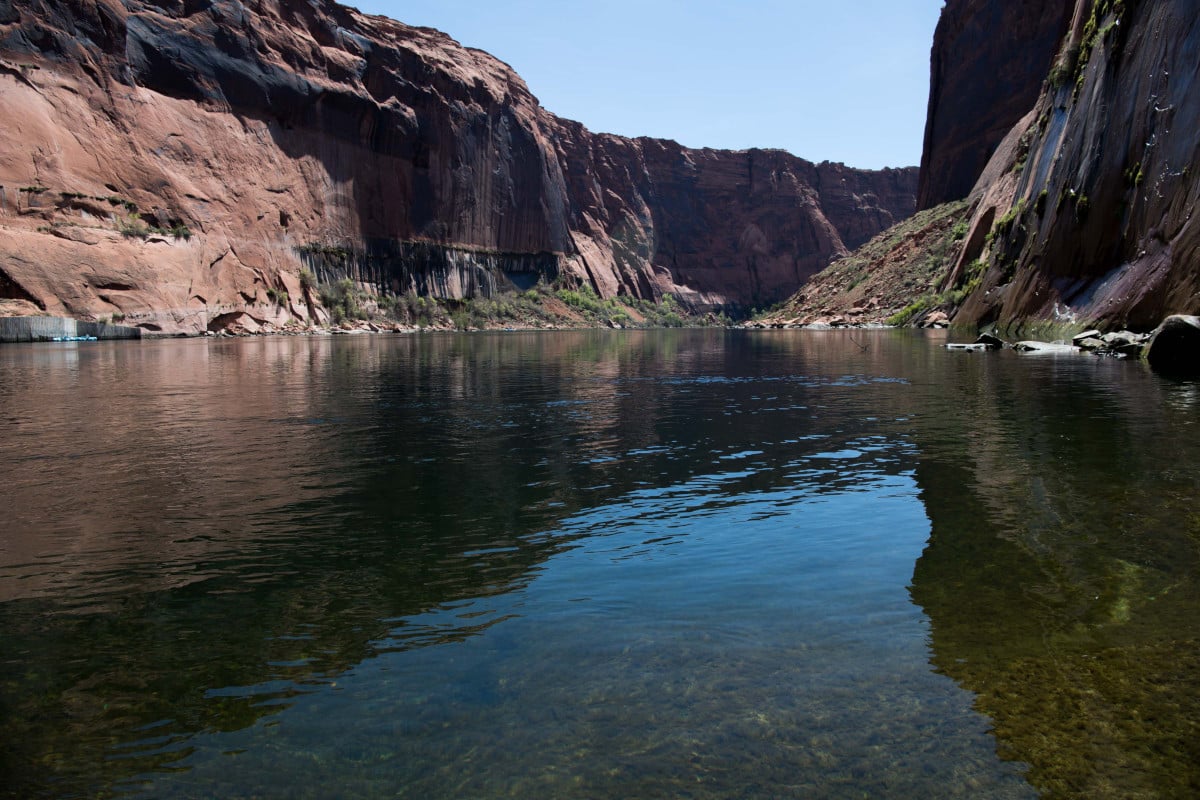
Automakers Ford, General Motors and Stellantis invested in two projects proposed for the Salton Sea. In state and local records reviewed by the Howard Center, the applicants who are seeking to open the mines disclosed to regulators their plans to use nearly 3 billion gallons of water a year. That would enable them to obtain enough lithium to power batteries for about 4.9 million electric vehicles annually, the applicants estimated. The companies will not source the water from within California. Instead, they plan to use a source that relies on man-made canals, a temporary pipeline and large trucks to transport the water from one of the most stressed waterways in America: the Colorado River. A third Salton Sea project from BHE Renewables has yet to disclose where it will find fresh water, and it has not disclosed the amount it will need.
The Colorado River provides seven states and parts of Mexico with water, hydropower, recreation and wildlife habitats. Forty million people rely on the river for some, if not all, of their water. The river endured a 21-year “megadrought” from 2000 to 2021 that forced the federal Bureau of Reclamation, which oversees the river, to declare a water shortage for the first time.
California regulators have issued permits for EnergySource Mineral's Project ATLiS to extract lithium at the Salton Sea. The company, based in Carlsbad, Calif., disclosed it expects to use more than 1 billion gallons of Colorado River water annually. Controlled Thermal Resources, a company that began in Australia but moved its headquarters to California in 2022, plans to consume 2.1 billion gallons of fresh water each year. That is enough to provide water from the strained Colorado River for 22,500 households downstream in Arizona. The company forecasts it will need to use nearly 100 billion gallons of fresh water over the project's life, which could be as long as 46 years.
“When you put it in terms of gallons, it does sound like a lot of water — and it is a lot of water,” Controlled Thermal Resources President Jim Turner told The Howard Center.
In California, agriculture takes more water out of the river annually than the proposed lithium projects will take. But Turner acknowledged mining's planned draws of water are still large enough to warrant concerted efforts by the company to conserve as much as possible.
“We're going to try to do the best conservation effort we can on the use of that water,” Turner said.
Controlled Thermal Resources is planning to take the steam produced from its mining process and condense some of it back into fresh water, Turner said. EnergySource Minerals also has “an element of water recycling” throughout their lithium extraction process, according to Chief Development Officer David Deak.
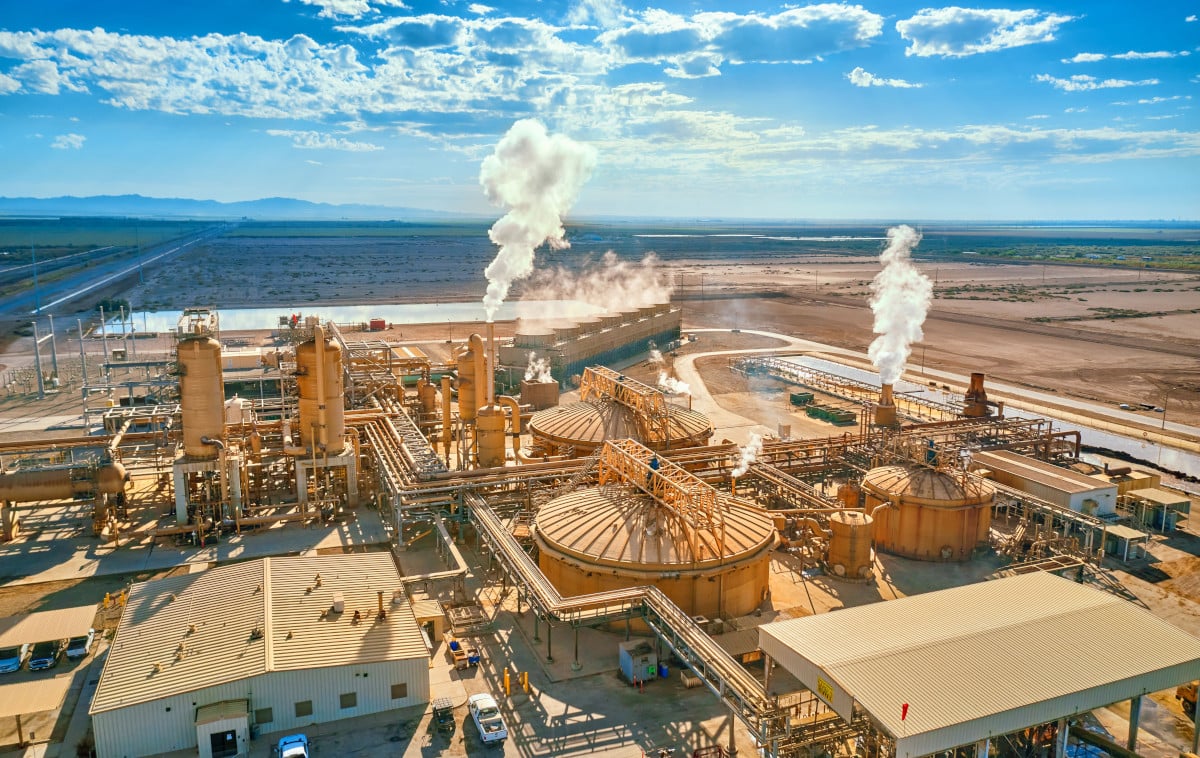
But even in a future drought, water will still be available for his company's project because of legal agreements California water brokers made, in some cases, nearly 100 years ago, Turner said.
“Every entity that wants to use water off the river executes an agreement. And so typically those agreements have a hierarchy,” he said. “But at the end of the day, if there's not enough water, typically, what would happen is whoever was last executing the agreement, they may end up having to reduce their water first.”
The people that would be forced to reduce first would be those living downstream in Southwestern states such as Arizona. EnergySource Minerals and Controlled Thermal Resources told California state regulators that, in a future drought, the projects would still have access to the billions of gallons of Colorado River water they need. Both used the same explanation in their separate state environmental impact reviews: “Due to the priority of water rights and other agreements, drought affecting Colorado River water supplies causes shortages for Arizona, Nevada and Mexico, but not California.”
The Howard Center asked Deak, the executive at EnergySource Minerals, how Arizonans should react to those statements.
“It is difficult for me to speak on behalf of Arizona,” Deak said. “To be candid, I don't really have a straight answer.” Deak stressed that his company's mine would have “a fraction” of the impact on the river when compared to agriculture users.
50 years of failures, but solutions are lurking
For nearly a half century, federal government auditors have pointed out flaws with the archaic 1872 mining law that governs how mines operate. Members of Congress have repeatedly tried — and failed — to substantially reform the law.
The Government Accountability Office has released at least six reports over the last several decades highlighting such problems as the lack of requirements to protect the environment, and loopholes that allow companies to extract minerals from public lands without paying royalties to American taxpayers. A 1974 GAO report said the 1872 Mining Law needed to be updated. The report recommended transitioning from a system of staking claims to one where public land and its minerals would be leased. Mining companies, in this system, would reimburse taxpayers for using public resources.
That has not materialized. A bill now pending — the Clean Energy Minerals Reform Act — addresses that issue nearly 50 years later.
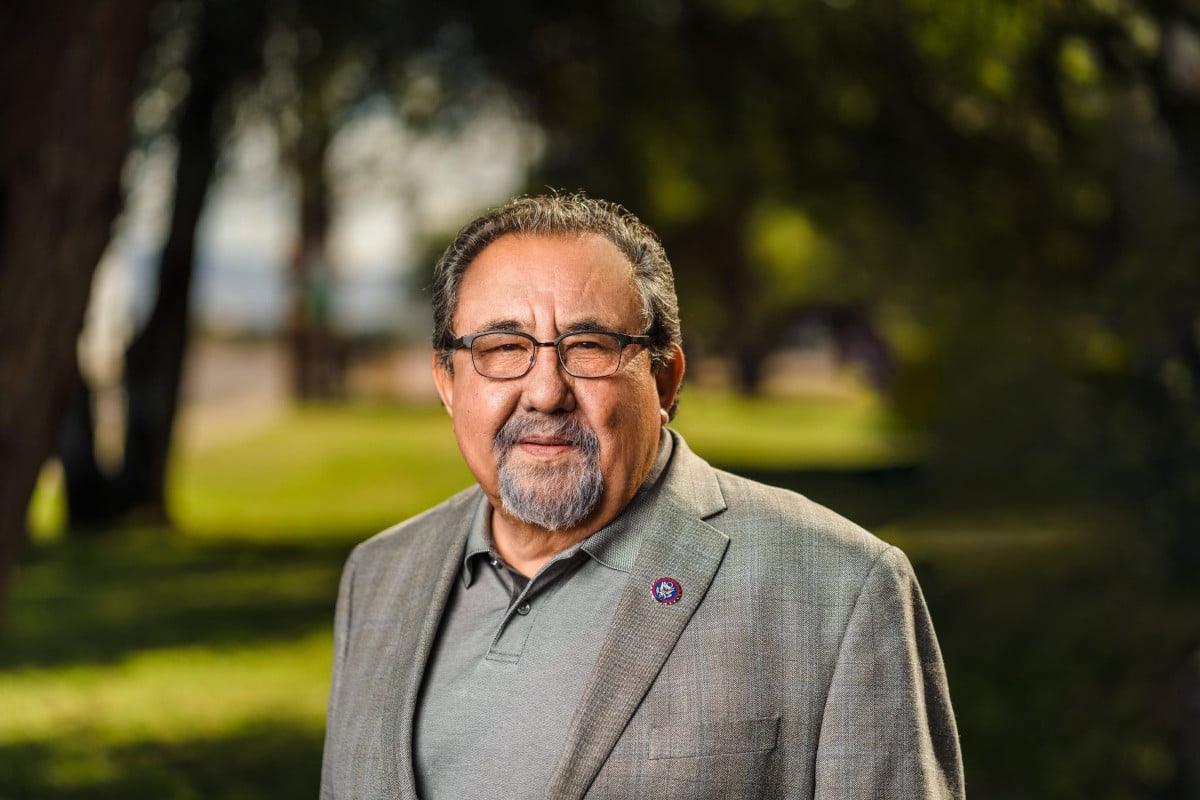
“We're operating under an antiquated law of 1872 which gives mining companies and their corporations all the authority and really handcuffs the federal government, and to some extent local governments and state governments, handcuffs them in their ability to be able to mitigate, to change, to prioritize and to say no,” said Grijalva, the Arizona Democrat spearheading the bill in the House of Representatives. “Sometimes you have to say no. There are areas in which that should not happen, not only because of the threat of water, but other environmental issues as well.”
Grijalva's bill also includes a provision that would require the Department of the Interior to check that any proposed mine would be in an area with enough water to support it.
With only Democrats backing his bill to date, its outcome is uncertain. There are members of Grijalva's own party who do not support his vision for change. Sen. Catherine Cortez-Masto, a Nevada Democrat, has introduced a bill that, instead, would strengthen the rights of the mining companies to use public lands to support their mining operations even if that land has no valuable minerals.
There is broad, bipartisan agreement that the domestic supply chain for critical minerals needs to be strengthened, but Republicans and Democrats do not agree on how to accomplish this. Republicans have put forward legislation that would streamline the process for permitting mines, while opposing Grijalva's reforms.
In 2022, the Department of the Interior launched an interagency working group with representatives across the federal government to propose ways to modernize the 1872 law. In September, the group issued more than 60 recommendations that would “update our mining policies and promote the sustainable and responsible domestic production of critical minerals,” said Tommy Beaudreau, Interior's deputy secretary, in a press release.
The only recommendation about water from the interagency working group suggests that Congress pass a law allowing regulators to deny a permit for a mine “that is likely to require perpetual treatment of water relating to any aspect of mining operations.”
I hope that the Howard Center and the reporting that has been done, I hope it has an impact — a significant impact,” Grijalva said.
But the working group's proposals face an uphill battle in Congress. Senator John Barrasso (R-WY), the ranking member of the Senate Committee on Energy and Natural Resources, issued a statement criticizing the recommendations as “reckless.” The reforms, the statement said, “will force us to buy more critical minerals from mines using forced and child labor instead of harnessing our abundant resources here at home.”
Grijalva said the Howard Center's investigation, shining a spotlight on public disclosures from lithium mines that plan to draw on billions of gallons of water from strained sources, could help attract more bipartisan support for reforms, in light of recent history-making droughts.
“I hope that the Howard Center and the reporting that has been done, I hope it has an impact — a significant impact,” Grijalva said. “This kind of reporting and study and investigation is critical to the discussion by introducing and prioritizing the issue of water as a consequence going forward.”
Leaving it to the locals
With attempts to strengthen federal oversight so far unsuccessful, states and local governments are filling the gaps — with mixed results.
In California, Newsom signed into law the Lithium Extraction Excise Tax, which requires companies to pay the state government a tax on any lithium pulled from underground in California. Most of the tax revenue would go to the local government near the projects. The federal government does not require companies to pay a tax on lithium extracted from public land, although the interagency working group recommended such compensation to U.S. taxpayers.
In March, the Utah legislature passed HB 513, an attempt to protect the shrinking Great Salt Lake from mining. Among other provisions, the measure, signed by the governor, requires mining companies that take water from the lake to put back roughly the same amount of water. While the new law has discouraged one lithium mine that intended to draw large amounts of water from the lake, another project has since said it created new technology that will allow it to meet the law's requirements.
“We don't want to end up like Owens Lake or the Caspian Sea,” said State Rep. Casey Snider, the Utah Republican who sponsored the bill. The Caspian Sea is Earth's largest inland body of water and, according to the National Aeronautics and Space Administration, has seen its water levels drop significantly since the 1990s.
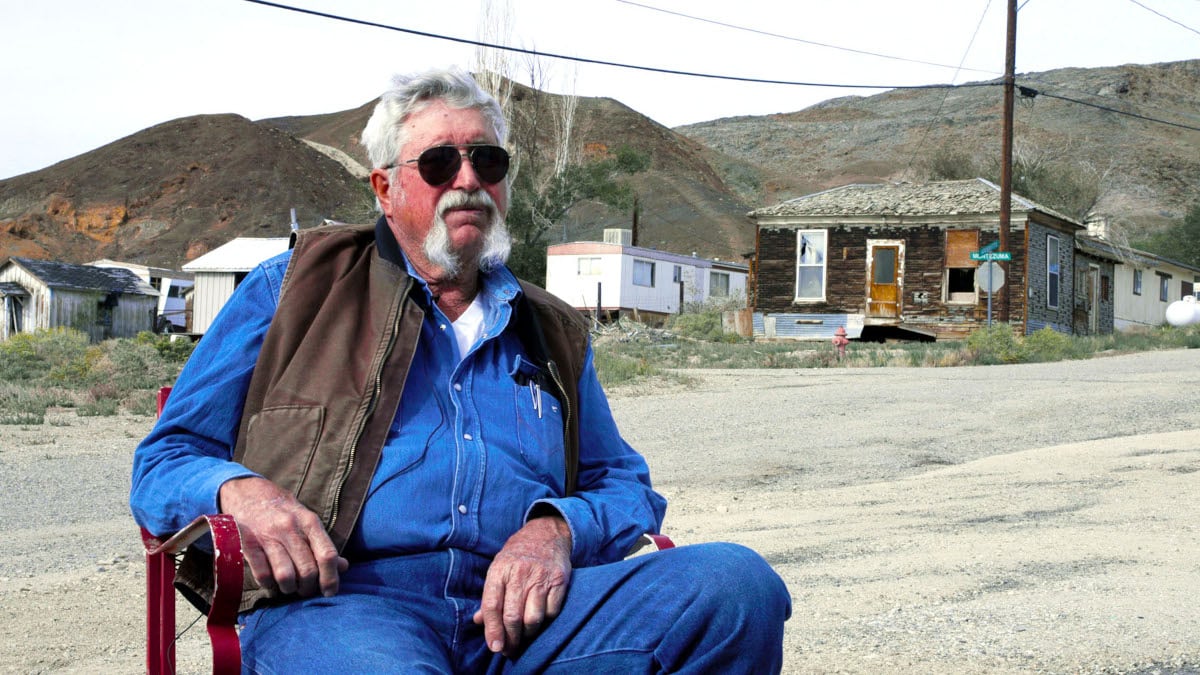
In North Carolina, the Gaston County Board of Commissioners is pushing back against a mining company's plans to build a lithium mine that county officials and residents said might cause residential water wells to dry up.
“I'm not saying they can't do it here. But if they're going to do it in Gaston County, they're going to do it right,” said Chad Brown, the Republican chairman of the county board of commissioners. “And they're going to get it right beforehand to where the citizens are not going to be affected by environmental issues. Not water. Not air. Not blasting.”
In Nevada, the Silver Peak lithium mine has proposed pumping more water, and a Howard Center analysis found 28 other planned lithium mines located within 50 miles of Silver Peak. The government in rural Esmeralda County would face expenses far beyond what it can afford if it wants to fight the proposals.
According to Winsor, the Esmeralda County commissioner, the county has a budget of only $30,000 for 2023 to defend itself against companies vying to open new lithium mines, as well as Albemarle, the Silver Peak operator. The multi-billion dollar company's revenues increased from $3.3 billion in 2020 to nearly $10 billion in 2022.
“The community needs the water,” said Winsor. “They don't need to take away from our area to be able to produce green energy. We should be able to survive.”
Reporters in alphabetical order are Alex Appel, Morgan Casey, Francesca D'Annunzio, Tori Gantz, Jordan Gerard, John Leos, Anna Montoya-Gaxiola, Emma Peterson, Joshua Shimkus, Noel Lyn Smith, Pacey Smith-Garcia, Daisy Tanner, Caitlin Thompson, Annika Tourlas and Shelby Rae Wills.



